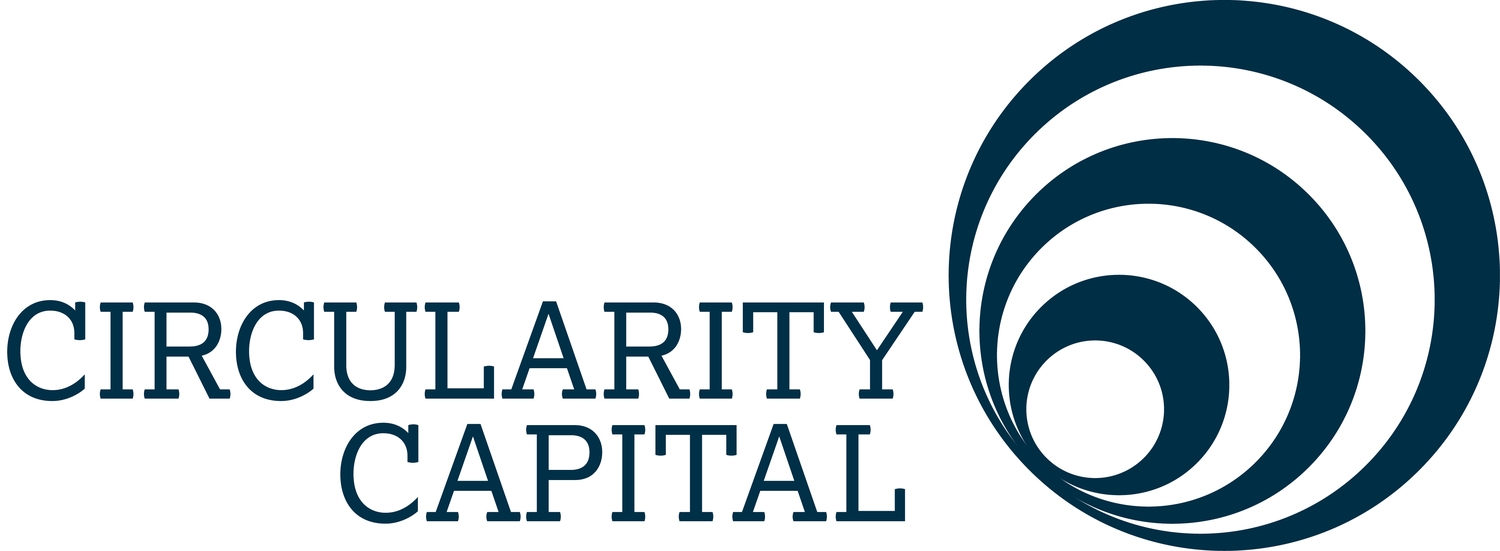Circularity Capital Profiled in Guardian Article on Financing The Circular Economy
Circularity Capital has been profiled in a Guardian Business article on Financing The Circular Economy - click here for the full article.
Mike Scott, The Guardian, 11th August 2017
In the fast-paced world of mobile technology, where unrelenting hardware and software changes mean there is constant pressure to upgrade, Fairphone stands apart. It claims to make “the world’s first ethical, modular smartphone”, designed to last for as long as possible, and to be easily repairable, reusable and recyclable.
But the Fairphone is a sustainable product in an unsustainable world – the company has recently announced it will no longer offer support and spare parts for the Fairphone 1 because most of the original parts have been retired by suppliers.
The Dutch company is now exploring alternative business models – offering “Fairphone as a service” instead of selling phones outright. Products-as-a-service business models are growing in popularity, but despite the enthusiasm, making the circular economy a reality is complex. One of the most intractable issues is how to finance it.
Fairphone is working with a host of partners, bringing in all expertise needed including banks ABN Amro and ING, pensions giant PGGM, law firm Allen & Overy, Dutch accountancy standards body NBA, Circle Economy and Sustainable Finance Lab, data analyst Circularise and network partner MVO NL, to look at how it can make the business model work. The results will be announced later in the year.
The idea of the circular economy, which focuses on cutting the use of materials, water and energy, on using assets more effectively and on decoupling growth from resource use, is inherently appealing. It is also a huge business opportunity – Accenture research indicates that the circular economy could bring $4.5tn in benefits by 2030.
“This is something business is really starting to pursue because they are interested in capturing more lost value,” says Jamie Butterworth, a partner at Circularity Capital, an investment firm that focuses on financing circular economy companies.
While some circular economy activity is comparable to what happens now – waste treatment and recycling, for example – in other areas there are still few practical examples that demonstrate that a circular business model can be successful. And because circular economy ideas are so wide-ranging, there is still confusion about what exactly it is. “There is a pressing need to define what circularity is, to understand its impact on business,” says Gerald Naber, vice-president of sustainable finance at ING.
Accenture identifies five circular business models – circular supply chain; recovery and recycling; product life extension; sharing platforms; and products-as-a-service.
“Such innovative business models bring along new challenges” says Naber. “How do you retrieve value after usage, who is responsible for the asset, who has it on its balance sheet?”
There are also new risks to deal with. Product-as-a-service models, such as the one Fairphone is pursuing, involve replacing the sale of a product with a leasing arrangement that gives the producer continued ownership, making it easier to take it back and repurpose it at the end of the agreement. The model has already been applied to products as varied as printer cartridges (HP), clothing (Mud Jeans), MRI scanners (Siemens, Philips) and aircraft engines (Rolls Royce).
Such models move cash flow from one-off payments at the point of sale to ongoing payments throughout the length of a leasing agreement. At the same time, significant amounts of upfront working capital are required, says Butterworth. “You also need to take into account the credit risks associated with selling a product as a service to a customer and their ability to continue making payments for the lifetime of such an agreement,” he adds.
“Most circular economy initiatives involve some kind of product take-back,” says Dr Richard Peagam, principal consultant at Anthesis Group. “The challenge is the relationship between the owner of the equipment and the person using it. You have to convince the user to come back to you and return the product. The uncertain nature of product take-back poses a significant challenge to production for operators and their investors, as you do not have the traditional supplier relationships where you can mandate the quality, quantity and properties of materials. The operating model needs to be innovative so that it can counteract these uncertainties.”
It is important to take back the product at the right time, he adds. “You want to take it back when there is still some residual value but there also has to be some shared value for the user” so that it is worth their while to return the product.
Traditional models of profit and loss can be challenged by circular economy models, Peagam continues. “Value is created in a different way and you have to make sure all your key functions are incentivised to pull in the right direction. Sales teams, asset managers, warehouse teams – all of a sudden, their key performance indicators can look very different. It’s important that everyone in the company buys into how things are going to change.”
As a result of so many changes businesses have to implement, “we are at a very early stage, still, says Naber. “There are currently few examples where we can see the shift.”
Once banks understand how a business model works, they may be able to offer better terms of finance the more “circular” a company becomes, similar to the recent loan the bank made to Philips that gives the company a lower rate of interest the better its sustainability rating, Naber says. However, not every circular business model will be worth financing, he cautions.
“There will be losers as well. But there are risks in the linear model, too. In time, we believe all businesses will have to become more circular, to remain in business.”
